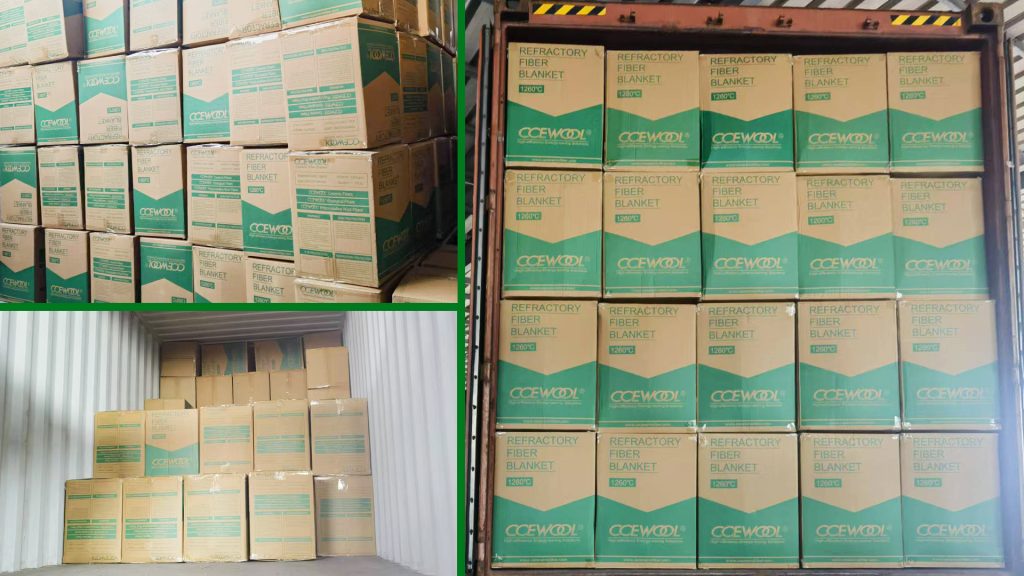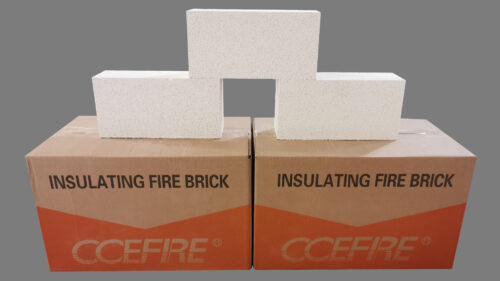Refractory Ceramic Fiber Blanket – CCEWOOL®
- 20 Oct, 2025
- Insight

In high-temperature industrial environments, corrosive agents are among the biggest threats to the service life of furnace linings. Alkali vapors, slag, acidic fumes, and chlorine-containing gases continuously attack insulation layers, leading to fiber embrittlement, powdering, or spalling. When insulation materials lack corrosion resistance, they not only lose thermal efficiency but also risk structural instability and safety hazards.
CCEWOOL® refractory ceramic fiber blanket stands out as an ideal material to combat such harsh environments. Through a combination of high-purity raw materials and precise manufacturing control, it delivers superior resistance to chemical corrosion and structural degradation even under high-temperature, high-pressure, and chemically aggressive conditions.
Purity from the Source - Building the Foundation for Corrosion Resistance
CCEWOOL® uses high-purity alumina and silica as its main raw materials, with impurity content strictly limited to below 1%.
This ultra-clean formulation minimizes the formation of unstable oxides at high temperatures, preventing chemical reactions with slag or alkali vapors. As a result, the fibers resist surface embrittlement and retain their integrity, significantly slowing material aging and performance decay.
Precision Fiberization for Structural Strength
After melting in an electric furnace, the material is fiberized using imported high-speed centrifuges operating at up to 11,000 r/min.
This process ensures uniform fiber diameters and dense fiber distribution. Such a well-organized fiber network not only improves tensile and thermal shock resistance but also reduces pathways for corrosive gases or vapors to penetrate, enhancing the blanket’s chemical stability.
Double-Sided Needling for Enhanced Density
CCEWOOL® refractory ceramic fiber blanket is produced using a double-sided needling process.
This technique interlocks fibers vertically and horizontally to form a three-dimensional network with extremely low porosity. The resulting dense internal structure acts as a strong barrier against corrosive agents, keeping the material intact even after long exposure to aggressive gas flows, slag deposits, or oxidation at elevated temperatures.
Data-Driven Process Optimization
CCEWOOL® integrates its independently developed “Big Data-Driven Refractory Fiber Process Parameter Optimization System V1.0” into its manufacturing process.
By analyzing large-scale production data and dynamically optimizing key parameters such as melting temperature, fiberization rate, and sintering time, the system ensures consistent chemical stability and compactness across every batch. This intelligent control enhances corrosion resistance while minimizing performance variations caused by manual parameter adjustments.

Czech Customer
Cooperation years: 1 years
Ordered product: CCEWOOL® refractory ceramic fiber blanket
Product size: 25x610x7320mm
A new customer from the Czech Republic recently selected CCEWOOL® refractory ceramic fiber blanket, sized 25 × 610 × 7320 mm, for their furnace upgrade project.
In practical testing, the material demonstrated outstanding stability under alkali vapor exposure and hot gas erosion. The surface remained intact without powdering or spalling, resulting in reduced hot-face temperatures and extended lining service life. The customer praised CCEWOOL® for its superior corrosion resistance and reliable technical support.
Through the integration of high-purity raw materials, high-speed fiberization, double-needled density enhancement, and big data–driven process optimization, CCEWOOL® has achieved industry-leading corrosion resistance in its refractory ceramic fiber blanket.
This combination of material purity and intelligent craftsmanship ensures long-term performance in harsh environments—delivering safer, more durable, and more energy-efficient insulation solutions for global high-temperature industries.



